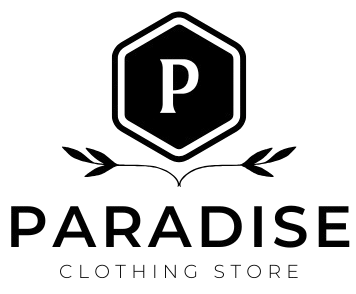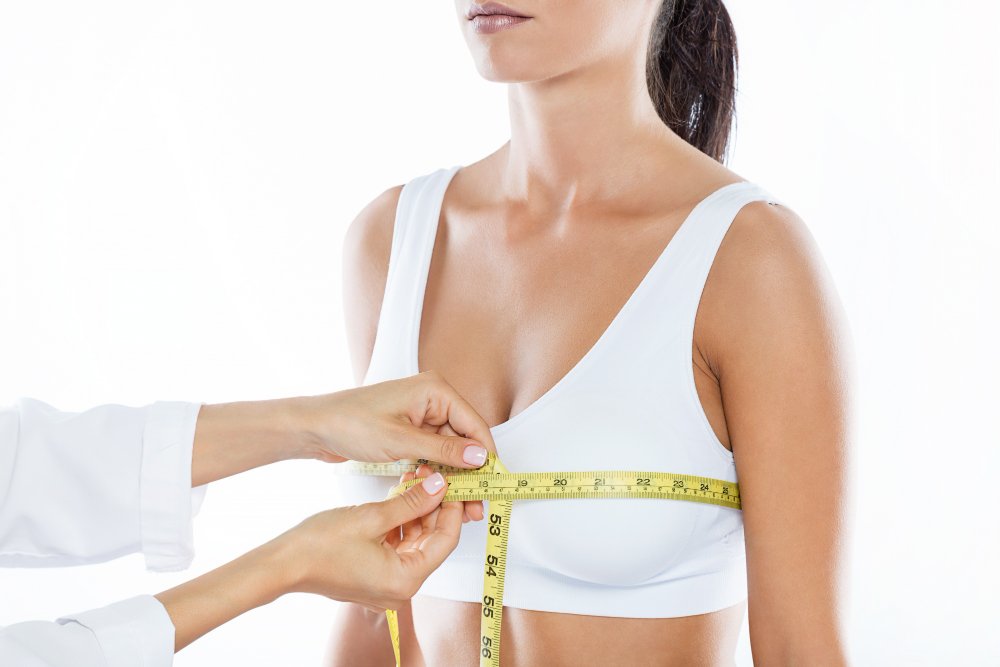Wearing the right bra isn’t only for appearance — it’s also about feeling comfortable and confident. The perfect fit can make all the difference in your day: offering real support, improving your posture, and boosting your confidence without you even realizing it. Yet, studies show that a staggering number of people are wearing the wrong size without knowing it.
An ill-fitting bra can cause more than just discomfort—it can lead to back and shoulder pain, poor posture, and even skin irritation. Gaping cups, digging straps, and that dreaded underwire poke? All signs that your current size might not be the right one.
The good news? You don’t need to step foot in a store to fix it. This guide will walk you through a simple, accurate way to measure your bra size at home—no tape-measuring drama, no guesswork. Just straightforward steps for a better fit, starting today.
What You’ll Need to Measure
Before you start, gather these essentials for the most accurate results:
- A soft measuring tape (marked in inches or centimeters)
- Use a mirror to make sure the measuring tape stays straight around your body.
- A well-fitting, non-padded bra (to give your bust a natural shape without added volume)
Pro tip: Stand in a relaxed posture and breathe normally while measuring. Holding your breath or standing too rigidly can skew the numbers—your body should be at ease, just like when you’re wearing a bra in real life.
Step-by-Step Measurement Guide
A. Step 1: Measuring Your Band Size
Start by removing your top and wearing a non-padded bra (or none at all if preferred).
Wrap a soft measuring tape snugly around your ribcage, just beneath your bust—this is where your bra band normally sits. Stand up straight and make sure the tape is even all around your chest.
Take note of the measurement in inches:
- If your measurement is an even number, that’s your band size.
- If it’s odd, round it up to the next even number.
Tip: The tape should feel snug but never tight—you want it close to the skin without squeezing or digging in.
B. Step 2: Measuring Your Bust Size
Then, measure around the fullest part of your chest — usually across your nipples. Make sure the tape is straight, parallel to the floor, and not dipping low in the back. Try to breathe normally and let your arms rest at your sides during the measurement.
This measurement should feel comfortable—firm enough to stay in place, but not so tight that it compresses your chest.
C. Step 3: Calculating Your Cup Size
Now for the math:
Bust measurement – Band measurement = Cup size difference
Use the difference in inches to determine your cup size from this chart:
| Difference (inches) | Cup Size |
| 0 | AA |
| 1 | A |
| 2 | B |
| 3 | C |
| 4 | D |
| 5 | DD (E) |
| 6 | F |
| 7 | FF (G) |
| 8 | G |
| 9 | GG (H) |
| 10 | H |
Example:
For example, if your bust is 37 inches and your band size is 34, the difference is 3 inches — that means you’re a C cup.
Your bra size is 34C.
Pro Tips for the Most Accurate Fit
- Use a mirror while measuring to make sure the tape is straight and placed correctly. A skewed tape can throw off your numbers entirely.
- Measure at the end of the day: Your body naturally fluctuates throughout the day, especially around your bust. Measuring in the evening gives you a more realistic, lived-in fit.
- If you’re between sizes, try both: A 34C and a 36B might feel very different even with similar dimensions. Always try the size up and down to see what actually feels best.
- Brands aren’t created equal: Just like jeans, bra sizing can vary between brands. Use your measurement as a starting point—not a hard rule.
Common Mistakes to Avoid
- Wearing a padded bra while measuring: Padding can add extra volume and distort your true measurements, especially when calculating bust size. Always opt for a non-padded or lightly lined bra—or go braless if comfortable.
- Holding the tape too loosely or too tight: A slack tape will give you an oversized reading, while a too-tight one will underestimate your size. Aim for snug—not squeezing.
- Skipping brand-specific sizing charts: Sizing isn’t universal. A 34C in one brand might feel tighter or looser in another. Always check the brand’s fit guide before buying.
When to Re-Measure
Your body changes over time, so your bra size might change too. Here’s when it’s time to take the tape out again:
- After weight gain or loss: Even a change of 5–10 pounds can affect how your bra fits, especially around the band and cups.
- During or after pregnancy/postpartum: Hormonal shifts, body changes, and nursing can dramatically impact bust size and shape.
- Every 6–12 months: Make it a habit. Just like you check your vision or your skin, checking your fit ensures lasting comfort and support.
Conclusion
Wearing the right bra size isn’t just about numbers—it’s about how you feel. The right fit means better support, improved posture, and a confidence boost that starts from underneath.
Now that you know exactly how to measure your bra size at home, there’s no reason to settle for discomfort. Grab that tape measure, take five minutes, and discover your true size—you might be surprised by the difference it makes.
Still unsure? Try a trusted online calculator or book a quick fitting with a professional. Your comfort is worth it.
FAQs: Quick Answers to Common Bra Sizing Questions
Q1: How do I know my bra cup size at home?
To find your cup size at home, measure around the fullest part of your bust (in inches) and subtract your band size (measured just under your bust). The difference in inches equals your cup size—for example, a 3-inch difference is a C cup.
Q2: How do I calculate my correct bra size?
- Measure your band size by wrapping a soft tape just under your bust. Round up to the nearest even number.
- Measure your bust size across the fullest part of your chest.
- Subtract band from bust to find the difference, then match it to a cup size chart.
Example: Bust 36″ – Band 32″ = 4″ → D cup → Bra size = 32D.
Q3: How to know bra size ABCD?
“ABCD” refers to cup sizes, which are determined by how many inches your bust measurement is larger than your band size:
- 1″ difference = A cup
- 2″ = B cup
- 3″ = C cup
- 4″ = D cup
And so on. Measuring accurately is the key to knowing where you fall on that scale.
Q4: What cup size is 36 inches?
It depends on your band size. For example:
- If your band size is 34″, a 36″ bust means a 2″ difference → B cup → size = 34B
If your band is 32″, then 36″ bust = 4″ difference → D cup → size = 32D
The cup size always depends on the relationship between bust and band—not just the bust measurement alone.

